With many practical benefits, investing in smart schools helps improve the quality of education . However, this also poses challenges for many localities while the problem of socialization is not simple, especially in mountainous areas, remote areas.
In Ba Dinh district ( Hanoi ), there are currently 3 schools investing in building smart schools, including A Kindergarten, Thu Le Primary School and Thong Nhat Secondary School. The schools will invest in cameras to ensure school security, especially important locations in the school as well as classroom cameras combined with AI devices that can integrate, connect synchronously, communicate, and support other related systems such as magnetic cards, fingerprint scanning... for face recognition. Or invest in PTZ cameras to record classrooms to serve the conversion of digital classrooms, automatically digitize lectures and classroom activities into digital learning materials.
This is one of the implementation contents of the Plan for investment in facilities and information technology infrastructure towards building smart schools in some kindergartens, primary schools and secondary schools in Ba Dinh district in the period of 2023 - 2025 (Plan 163). Ba Dinh district also aims to build a modern internet infrastructure focusing on investing in broadband wired networks with standard equipment and cables. Investing in broadband wireless network infrastructure with specialized wifi transmitters. Upgrading LAN network infrastructure, creating favorable conditions for teachers to apply online software in lessons...
Previously, the Prime Minister approved the "Project on sustainable smart urban development in Vietnam for the period 2018 - 2025 and orientation to 2030". Hanoi has selected 5 schools to pilot smart schools including: Kindergarten B (Hoan Kiem district), Le Van Tam Primary School (Hai Ba Trung district), Chu Van An Secondary School (Long Bien district), Phan Huy Chu High School (Dong Da district), Nguyen Dinh Chieu Secondary School (Hai Ba Trung district)...
Not only Hanoi but also many other provinces and cities have invested in building smart schools such as Ho Chi Minh City, Da Nang, Binh Phuoc... with plans and goals for each specific stage. Most recently, the Ministry of Education and Training (MOET) has issued a set of indicators to assess the level of digital transformation for educational institutions and departments of education and training. This set of indicators is expected to promote the digital transformation from the grassroots level even more strongly. Schools that strive to be at the highest score of the set of criteria will easily transition from normal schools to smart schools.
Ms. Nguyen Thi Tuyet Mai - Principal of Nguyen Dinh Chieu Secondary School (Hanoi) assessed that the application of information technology and artificial intelligence in teaching has brought many benefits. In smart schools, smart classrooms are connected to smart digital libraries that allow students to review their class lectures as soon as they finish using devices such as tablets, PC mobile phones. In particular, AI technology supports personalized recommendations for each student based on facial recognition, helping them to easily use the library without a card.
A survey of smart classrooms at Chu Van An Primary School (Hanoi) shows that in digitally transformed classrooms, teachers will interact with students through smart boards. Students feel more interested and creative in the way they learn, the amount of practice recorded is 3 times more than in conventional classrooms. Flexible curriculum and personalized learning will bring more positive results in teaching and learning.
According to experts, building smart schools is not only about investing in facilities and smart equipment, but also includes many important factors such as training the management team, teachers and school staff to adapt to smart schools, and designing smart curriculum. In particular, investment resources for smart schools are also a challenge for many localities while the problem of socialization is not simple, especially in mountainous areas and remote areas, so it requires the cooperation of the whole community to improve the quality of education while ensuring equal access to education for all children.
Source: https://daidoanket.vn/xay-dung-truong-hoc-thong-minh-10297276.html


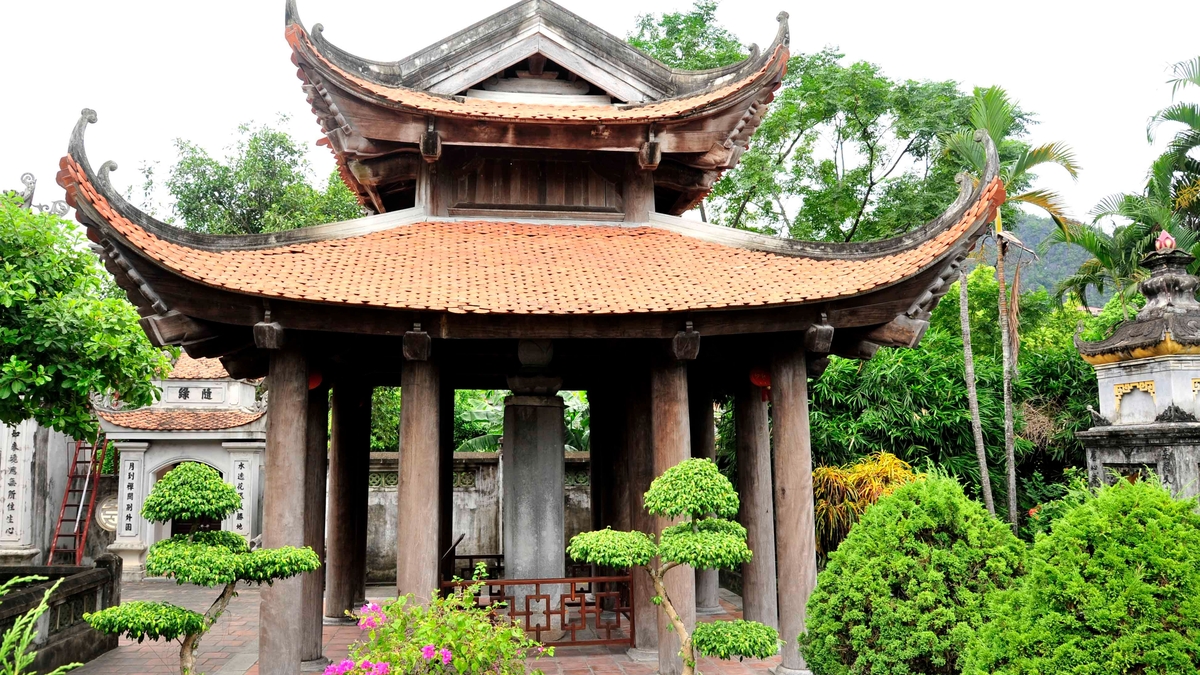
![[Photo] Flooding on the right side of the gate, entrance to Hue Citadel](https://vphoto.vietnam.vn/thumb/1200x675/vietnam/resource/IMAGE/2025/10/28/1761660788143_ndo_br_gen-h-z7165069467254-74c71c36d0cb396744b678cec80552f0-2-jpg.webp)
![[Photo] National Assembly Chairman Tran Thanh Man received a delegation of the Social Democratic Party of Germany](https://vphoto.vietnam.vn/thumb/1200x675/vietnam/resource/IMAGE/2025/10/28/1761652150406_ndo_br_cover-3345-jpg.webp)
![[Photo] Draft documents of the 14th Party Congress reach people at the Commune Cultural Post Offices](https://vphoto.vietnam.vn/thumb/1200x675/vietnam/resource/IMAGE/2025/10/28/1761642182616_du-thao-tai-tinh-hung-yen-4070-5235-jpg.webp)


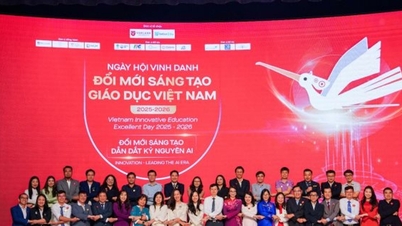



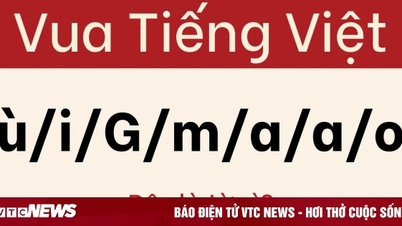

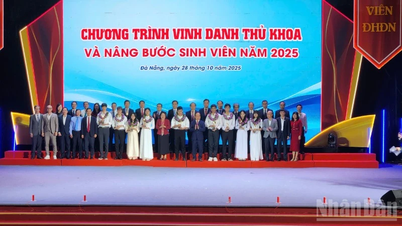

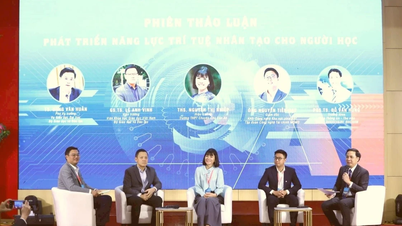


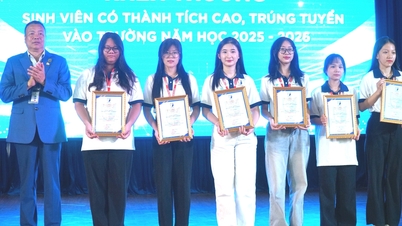

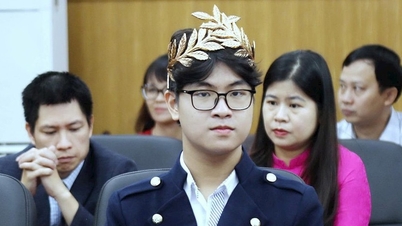



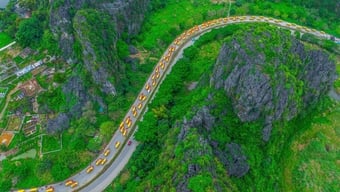


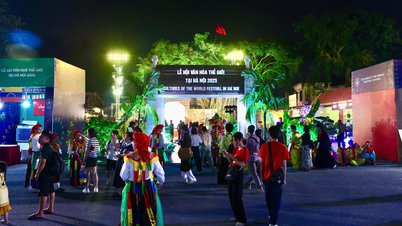


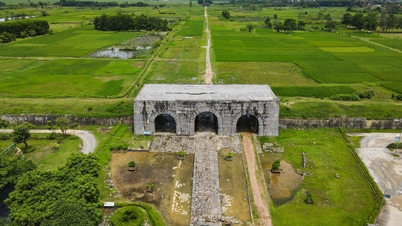

![[Photo] President Luong Cuong attends the 80th Anniversary of the Traditional Day of the Armed Forces of Military Region 3](https://vphoto.vietnam.vn/thumb/1200x675/vietnam/resource/IMAGE/2025/10/28/1761635584312_ndo_br_1-jpg.webp)


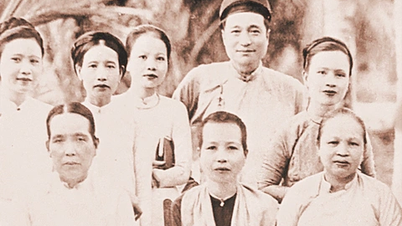
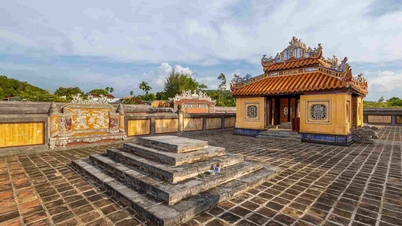






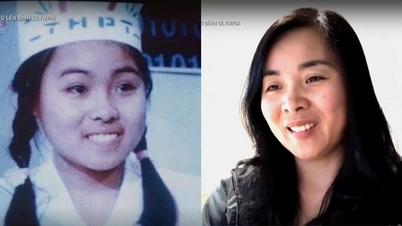

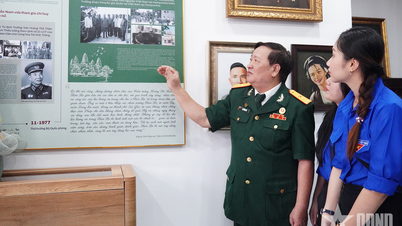


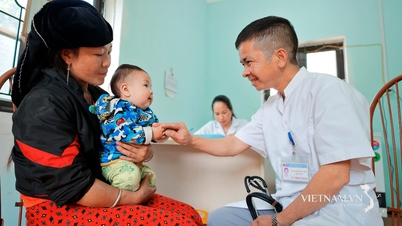






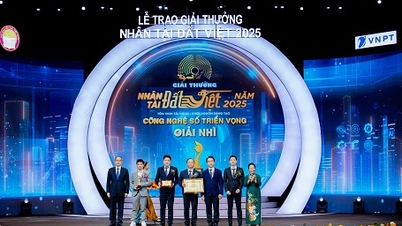
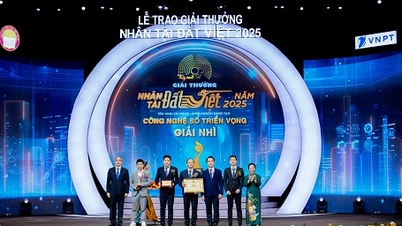

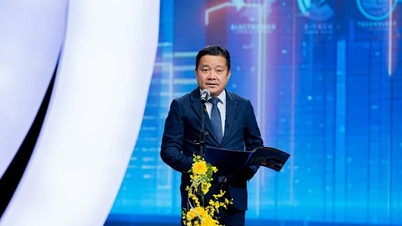
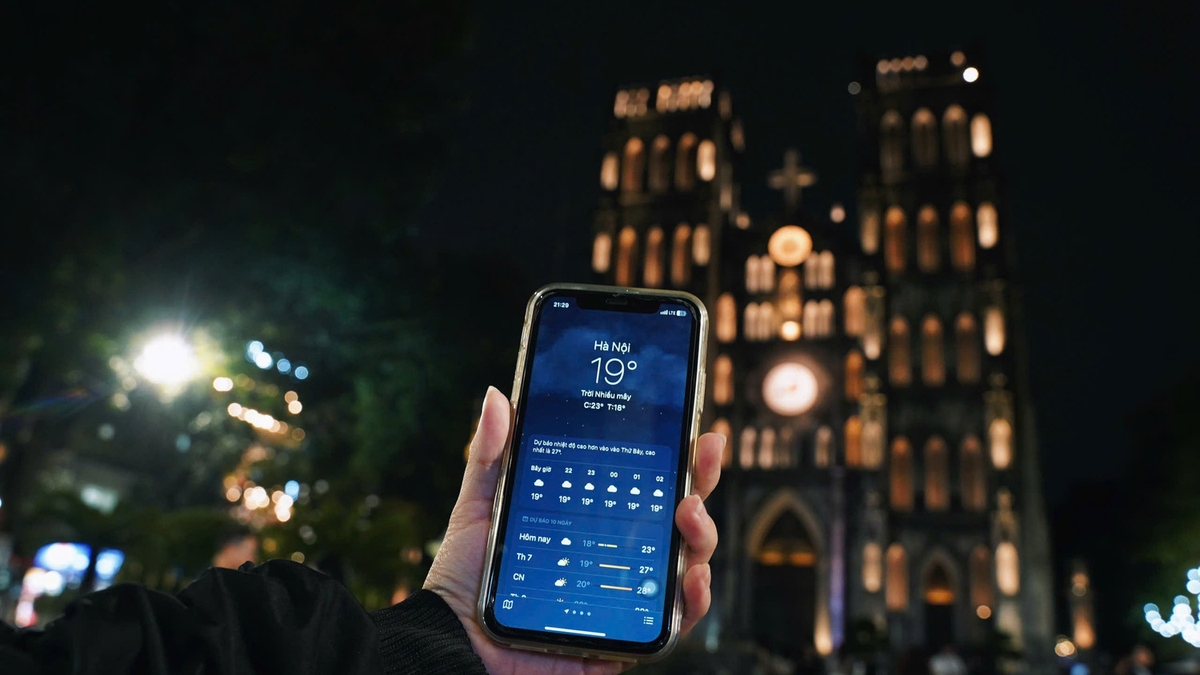





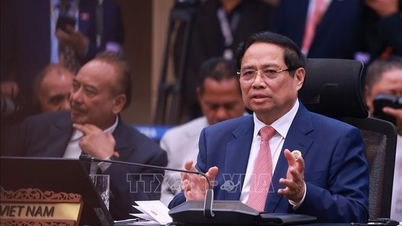



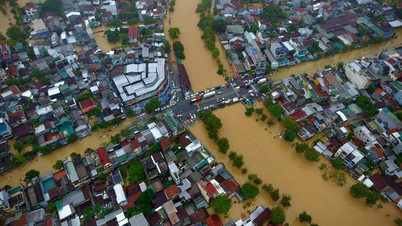



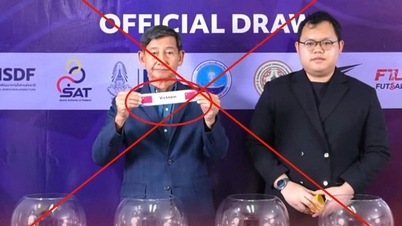

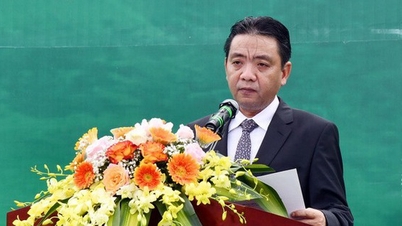
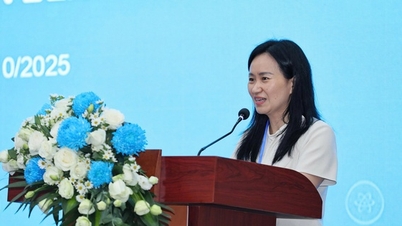

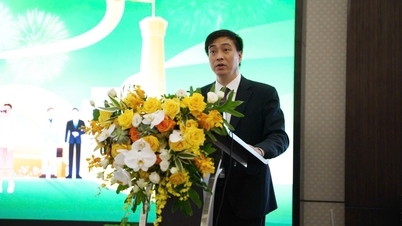


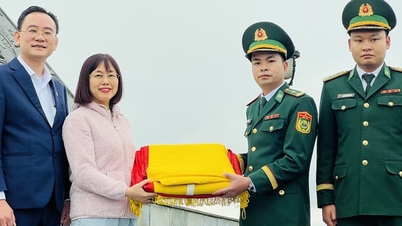
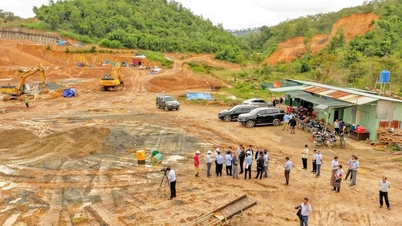





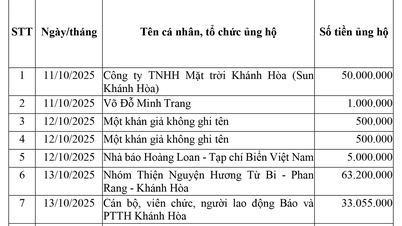


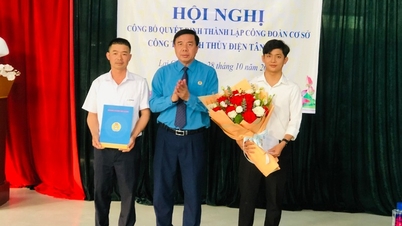










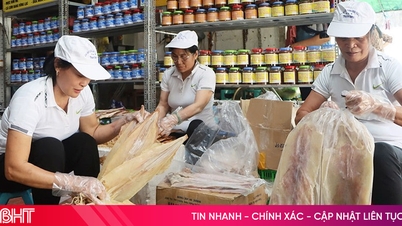


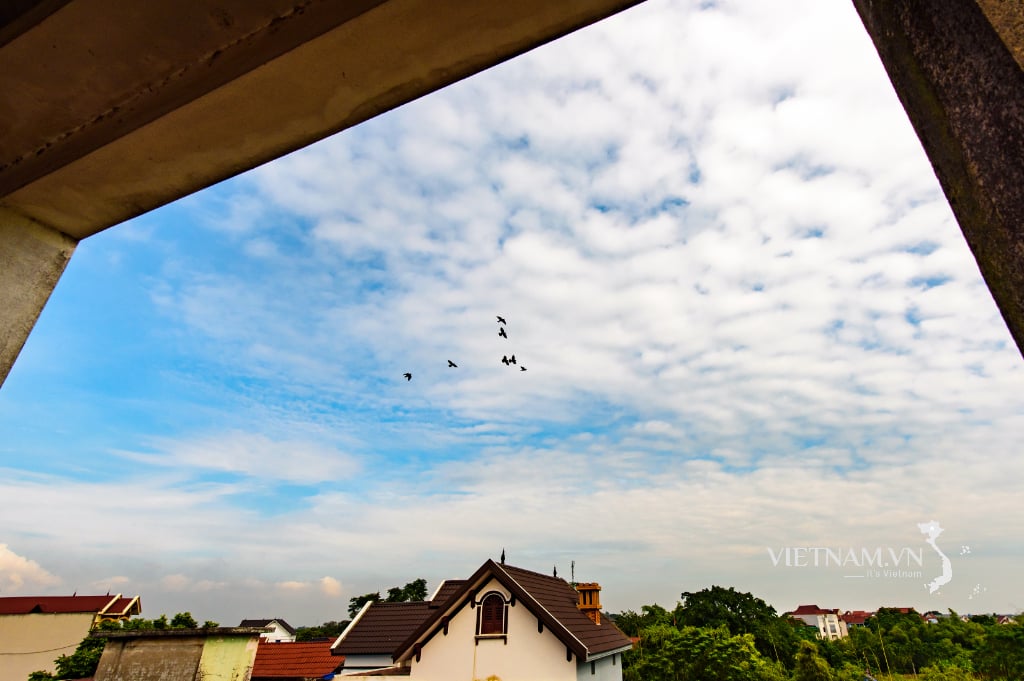



Comment (0)